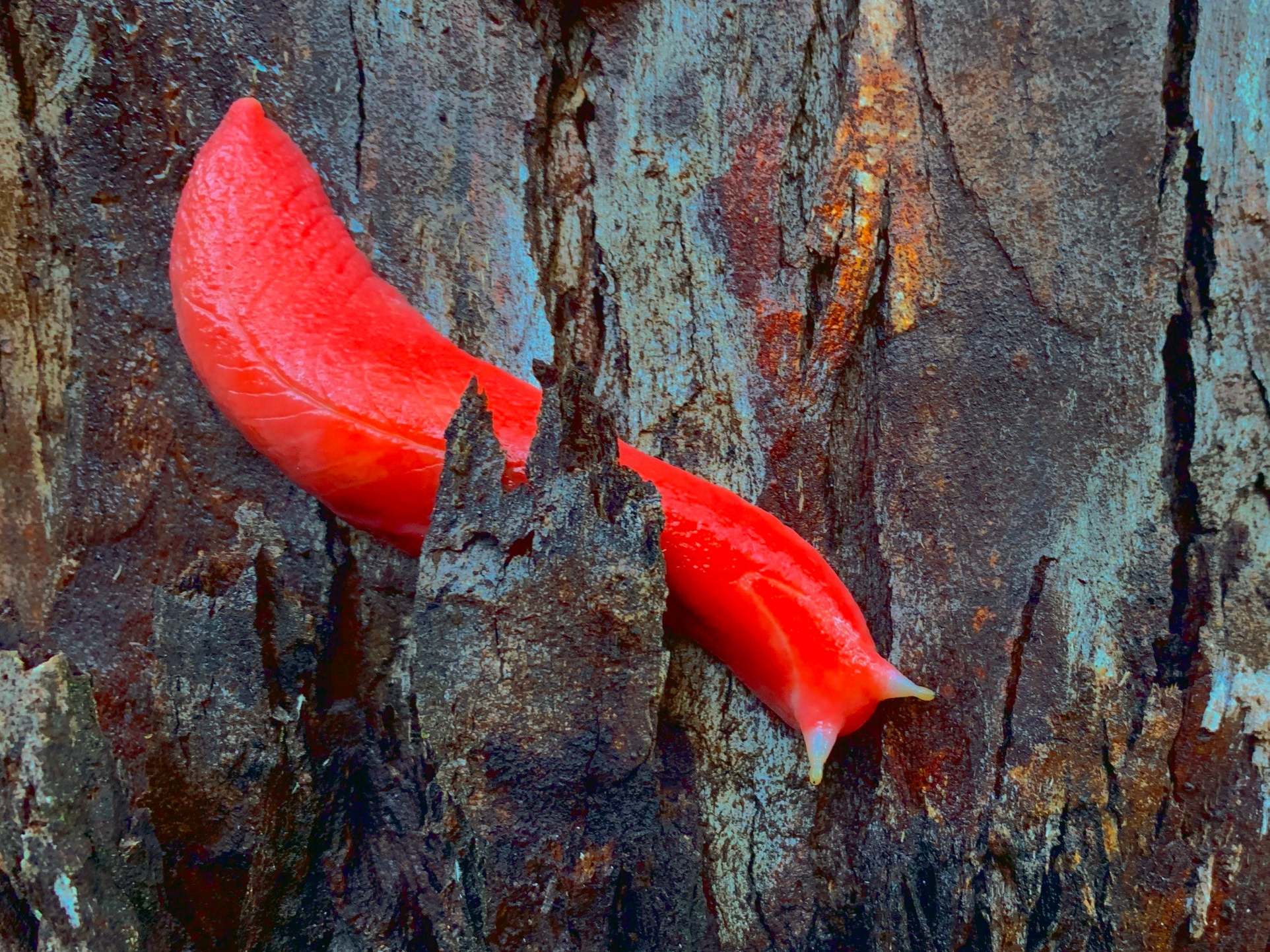Australia fires: Giant hot pink slug, unique to extinct volcano, survives blazes
Creatures retreated into rock crevices to avoid heat as flames wiped out almost everything else

Your support helps us to tell the story
From reproductive rights to climate change to Big Tech, The Independent is on the ground when the story is developing. Whether it's investigating the financials of Elon Musk's pro-Trump PAC or producing our latest documentary, 'The A Word', which shines a light on the American women fighting for reproductive rights, we know how important it is to parse out the facts from the messaging.
At such a critical moment in US history, we need reporters on the ground. Your donation allows us to keep sending journalists to speak to both sides of the story.
The Independent is trusted by Americans across the entire political spectrum. And unlike many other quality news outlets, we choose not to lock Americans out of our reporting and analysis with paywalls. We believe quality journalism should be available to everyone, paid for by those who can afford it.
Your support makes all the difference.When bushfires ravaged the extinct Australian volcano where a species of giant hot pink slug lives, experts feared the unusual creature may be facing extinction.
But, it seems, the Kaputar slugs – hand-sized creatures which are unique to Mount Kaputar in New South Wales – may be somewhat tougher than expected.
At least 60 of the fluorescent-coloured creatures have been spotted on the slopes after six weeks of fire destroyed almost the entire 18,000 hectares of land they call home.
How come? It seems these slippery customers squeezed their way into rock crevices to avoid the fiercest of the heat.
Dr Frank Kohler, a malacologist at the Australian Museum, said about 90 per cent of the slug population on the mountain – an extinct volcano that forms part of a national park – had been killed.
And he added that more yet would perish from starvation with much of their food stuff – fungi, moss and mould – burnt away.
But he said that National Parks and Wildlife Service rangers had been delighted to see so many of the Kaputar slugs coming out of hiding after recent rains.
And he was confident the species, which reproduces quickly, would thrive again.
He said: “Slugs and snails are the foundation of all of our ecosystems. They are the foundation food source for many mammals and birds.”
Talking to the Guardian, he added: “Species don’t exist independent of other species, and we need to try to maintain the whole system and all the species within in it against environmental impacts such as the fires.”
Join our commenting forum
Join thought-provoking conversations, follow other Independent readers and see their replies
0Comments